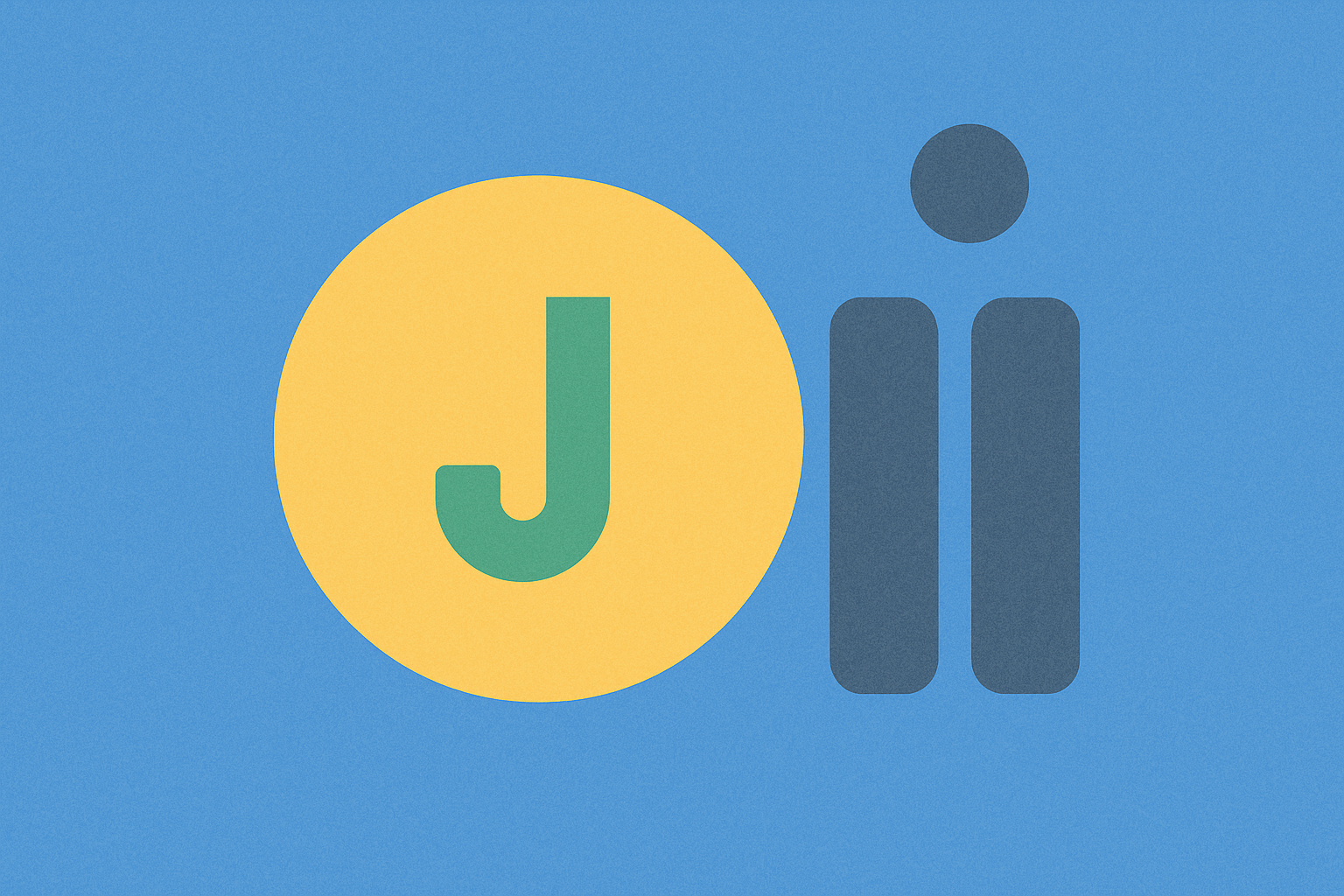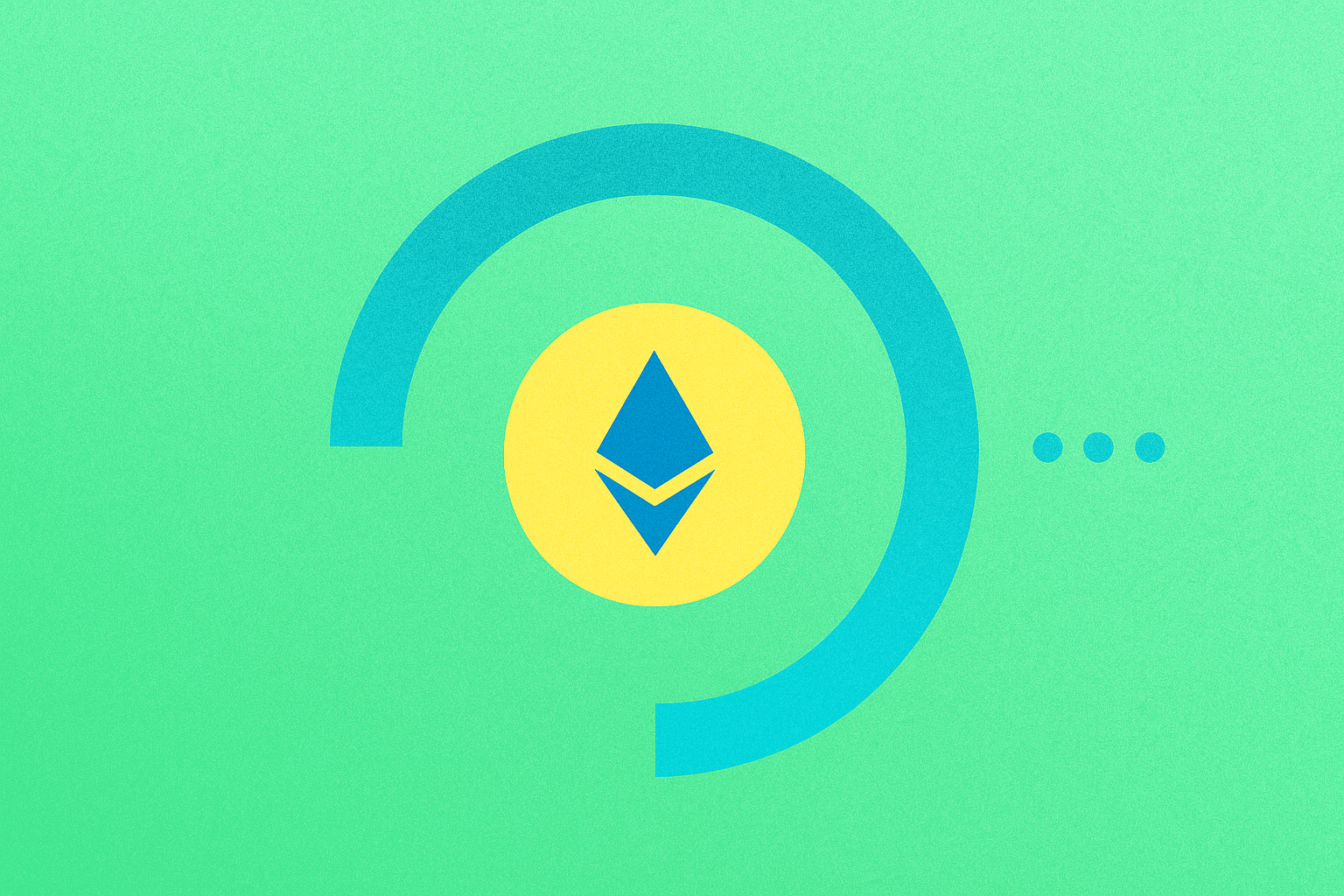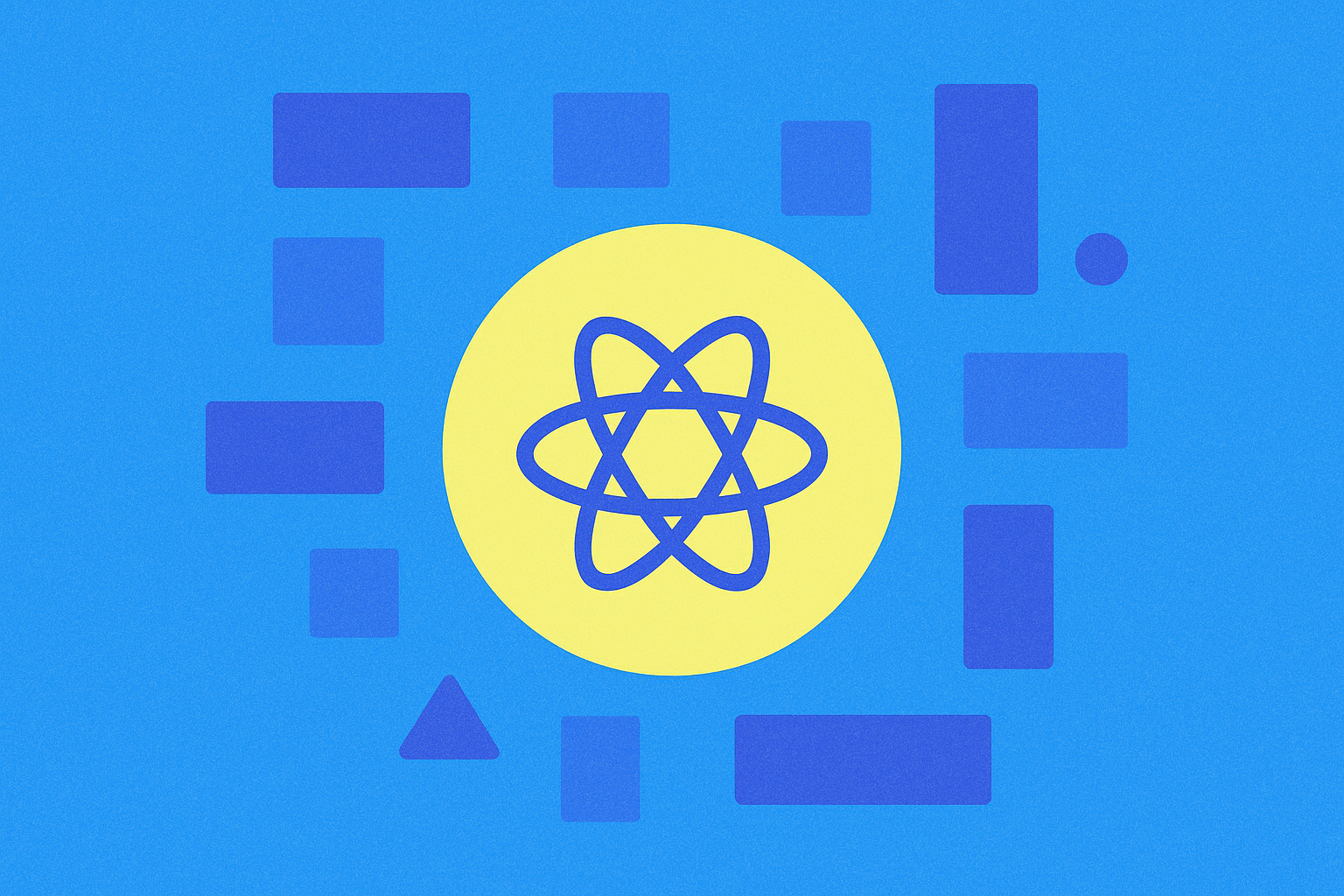x402 Nedir? HTTP 402 Kodu Anlık Mikro Ödemelerde Nasıl Rol Oynar

Devrim Yaratan X402 Protokolü: Anında Mikro Ödemelerin Önünü Açıyor
x402 Protokolü, dijital ticaretin evriminde bir dönüm noktası olarak öne çıkarak, internetin ilk dönemlerinden bu yana web standartlarında bulunan ancak uzun süredir kullanılmayan HTTP 402 mikro ödeme işlevini yeniden hayata geçiriyor. Coinbase tarafından açık bir ödeme protokolü olarak geliştirilen ve geniş geliştirici topluluğunun kullanımına sunulan x402, kullanıcı hesabı, oturum veya karmaşık kimlik doğrulama gerektirmeden HTTP üzerinden doğrudan, anında stablecoin ödemelerine olanak tanır. Bu protokol, her API uç noktasını ve web kaynağını dijital bir otomat gibi çalışacak şekilde dönüştürür: ödeme yapılır, erişim sağlanır; herhangi bir form doldurma veya hesap oluşturma gerekmez. x402 Protokolü’nün en büyük başarısı, mevcut web altyapısıyla uyumlu, sade ve etkili yapısıdır; standart HTTP başlıklarını kullanarak ödeme gerekliliklerini iletir ve blokzincir bağımsızdır. Her geliştirici, mevcut web sunucu yapısına sadece tek satırlık bir ara katman kodu ekleyerek x402’yi kolayca entegre edebilir; bu da her ölçekten kuruluş için adaptasyonu son derece pratik hale getirir. Web3 geliştiricileri, x402’nin dijital içerik ve hizmetlerin gelirleştirilmesinde abonelik modellerine veya yoğun reklamcılığa gerek bırakmadan çözüm sunmasından dolayı bu protokolü hızla benimsedi. Gate, bu eğilimi erkenden fark ederek x402 ekosisteminde geliştirilen projelere güçlü işlem altyapısı sunarak bu yeniliğin destekçisi olmuştur.
HTTP 402: Unutulmuş Koddan Web3’te Dönüştürücü Güce
HTTP 402 Payment Required durum kodu, yirmi yılı aşkın süredir HTTP protokolünün bir parçası olmasına rağmen, x402 ortaya çıkana kadar büyük ölçüde kullanılmamıştı. Başlangıçta web üzerinde mikro ödemeleri yönetmek için tasarlanan 402 kodu, ilk düşünüldüğünde çağına göre ileri olsa da, yaygın uygulama için gerekli teknolojik altyapı eksikti. 2025’e gelindiğinde blokzincir teknolojisi, bu kullanılmayan web standardını hayata geçiren eksik parça oldu. HTTP 402 kodunun x402 ile uygulanması, aşağıdaki gibi standart bir ödeme akışı sunar:
| HTTP 402 Ödeme Akış Aşaması | Geleneksel Ödeme Akışı | X402 Protokol Akışı |
|---|---|---|
| Keşif | Birden fazla tıklama, yönlendirme | Tek HTTP isteğiyle fiyat bilgisi |
| Kimlik Doğrulama | Hesap oluşturma, giriş | Hesap gerekmez, kriptografik doğrulama |
| Ödeme Gönderimi | Kredi kartı formu, işlem süresi | X-PAYMENT başlığı ile anında doğrulama |
| Erişim Teslimi | Ayrı süreçler, olası gecikme | Aynı HTTP yanıtında anında teslimat |
Bu zarif uygulama ile hem insan kullanıcılar hem de otonom yapay zeka ajanları, fiyat keşfi yapabilir, X-PAYMENT başlığı ile kriptografik ödeme kanıtı sunabilir ve ödenen kaynağı tek bir HTTP istek/yanıt döngüsünde alabilirler. Sistemin bu yüksek verimliliği, çevrim içi değer alışverişinin işleyişinde temel bir değişimi temsil ediyor. Geleneksel ödeme yollarında, günler sürebilen işlem ve aracıların aksine, x402 Protokolü ile HTTP 402 mikro ödemeleri blokzincir üzerinde neredeyse anında tamamlanır. Özellikle makineden makineye işlemler ve yapay zeka ajanlarının operasyonları için, manuel ödeme süreçlerinin dakikada binlerce mikro işlemi gerektiren sistemlerde neredeyse aşılamaz bir engel oluşturacağı düşünüldüğünde, bu verimlilik çok daha kritik bir değer sunar.
Blokzincir Destekli İşlemler: X402 Online Ticareti Nasıl Farklılaştırıyor?
x402 Protokolü, web3 ortamlarında anında mikro ödemelere imkân tanıyarak içerik üreticileri, API sağlayıcıları ve hizmet geliştiricileri için yeni fırsatlar yaratıyor. Blokzincir tabanlı ödeme çözümleriyle, x402 geleneksel ödeme sürtünmelerini ortadan kaldırıyor ve güvenlikten ödün vermiyor. Protokol, ödeme doğrulama ve mutabakatı üstlenen kolaylaştırıcı bir modelle çalışır; bu sayede satıcıların kendi blokzincir altyapısını kurması gerekmez. Coinbase Developer Platform, Base ağında komisyonsuz USDC ödemelerini işleyen barındırılmış kolaylaştırıcı servis sunar; protokol ise farklı blokzincir ve token’larda da uygulanabilir. Bu tarafsızlık, katılımcıları belirli ekosistemlere veya token’lara bağımlı bırakan önceki web gelirleştirme girişimlerinden önemli ölçüde ayrışır. x402’nin asıl yeniliği, web3 işlem protokolü olarak blokzincir karmaşıklığını son kullanıcıya hissettirmeden merkeziyetsiz finansın tüm avantajlarını sunmasıdır. Web geliştiriciler, doğrudan blokzincir ile entegre olmadan kripto ödeme kabul edebilir ve bu da kitlesel benimseme için engelleri düşürür. Bu inovasyonun finansal etkisi de dikkat çekici: Erken uygulayıcıların verileri, x402’nin geleneksel abonelik modellerine göre gelirleştirme oranlarını %300’e kadar artırdığını gösteriyor; bunun nedeni, kullanıcıların anında değer için küçük ve kolay ödemeler yapmaya daha istekli olmasıdır.
Sürtünmesiz Ödemelerin Geleceği: X402’nin Yapay Zeka ve Web3 Ekosistemlerine Etkisi
x402 Protokolü, piyasaya sunulduğundan bu yana dijital ekonomide önemli değişimler yaratmış; özellikle yapay zeka ve web3 ekosistemlerinde dönüşümü hızlandırmıştır. En önemli gelişme, satın alma kararlarını bağımsızca alıp ticareti kendi başına yürütebilen otonom yapay zeka ajanlarının ortaya çıkışıdır. Bu ajanlar, x402’nin sürtünmesiz ödeme altyapısını kullanarak veri, API ve hizmetlere anında erişir ve makineden makineye ticaret odaklı yeni iş modellerinin önünü açar. Uygulama verileri bu etkiyi açıkça ortaya koyuyor:
| Benimseme Ölçütü | x402 Öncesi (2023) | x402 Sonrası (2025) |
|---|---|---|
| API Gelirleştirme Oranı | Kamuya açık API’lerin %12’si | Kamuya açık API’lerin %47’si |
| Mikro Ödeme Hacmi | <$0,01 ortalama | $0,0001-$5,00 aralığı |
| İşlem Hızı | Dakikadan güne kadar | 3 saniyeden kısa |
| Yapay Zeka Ajanı Ticari Aktivitesi | Neredeyse yok | x402 işlemlerinin %35’i |
Bu dönüşüm, teknik göstergelerin ötesinde web hizmetlerinin tasarlanma ve gelirleştirilme biçiminde de radikal bir değişim yarattı. Artık kullanıcılar, zorunlu abonelikler yerine gerçek kullanım kadar ödeme yaparak hizmetlere ulaşabiliyor. İçerik üreticileri ise her içerik için doğrudan ödeme alarak dijital üretimde daha sürdürülebilir bir ekonomik yapı kurabiliyor. x402’nin Google’ın Agent Payments Protocol (AP2) ile entegrasyonu, büyük teknoloji şirketlerinde artan kabulünü gösteriyor. Gate, $VIRTUAL ve $PING gibi x402 ekosistem token’ları için işlem altyapısı sağlayarak bu dönüşümün öncülerinden biri oldu. Blokzincir tabanlı HTTP 402 mikro ödemeleri çevrim içi ticareti dönüştürmeye devam ederken, hem insan hem de makine katılımcılar için daha adil ve verimli pazarlar oluşturuyor.

JPMorgan Chase Stablecoin Piyasa Projeksiyonları: Web3’te Kurumsal Benimseme

Kripto Para Platformu, Brezilya'da düzenleyici yetki alarak faaliyetlerini güvence altına aldı

Intercontinental Exchange'in ana şirketinin, New York Borsa'sının, MoonPay'e potansiyel yatırımı neden Kripto Varlıkların benimsenmesi için önemli.

Stellar nedir ve 2025'te nasıl çalışacak?

Newton Protocol: 2025'te Web3 Merkezi Olmayan Finans'ın lideri

Terazi ve Balearic: 2025'te Web3 Dijital Para'nın Mevcut Durumu

Yeni Başlayanlar için Topluluk Kripto Madenciliği Uygulaması Kullanım Rehberi

REACT Nedir: Modern Kullanıcı Arayüzleri Oluşturmak için Kapsamlı Bir React Rehberi







